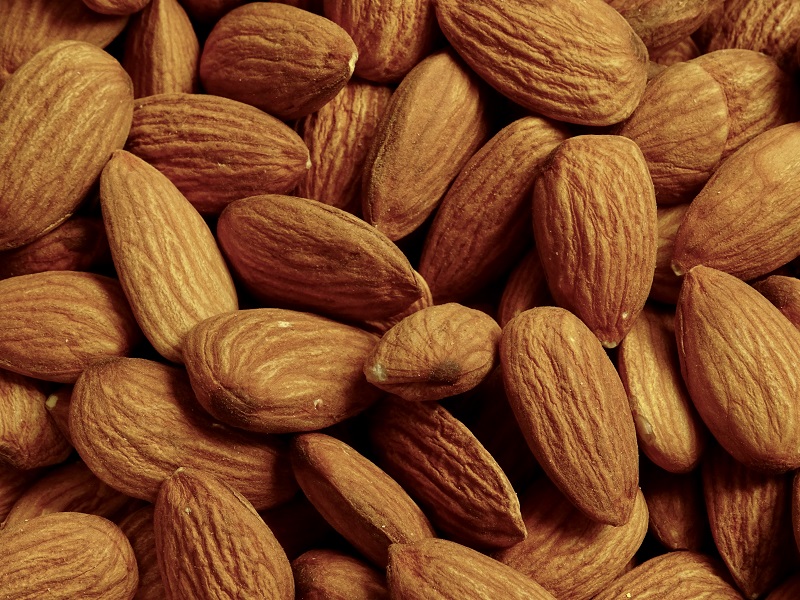Into Gear: Ample Water Supply For Salinas, CA
For more than a year, there has been a constant stream of news articles on how California agriculture is running out of water. Some of these articles have said that there will be fewer vegetables available since there will not be enough water to irrigate these crops. Unfortunately, as is too often in what I call “the popular press,” these stories are wrong. The water problem in California is in the Central Valley, particularly on the west side of the San Joaquin Valley and in southern California, which gets a great deal of water from northern California.
The Salinas Valley, which is the largest fresh vegetable production district in the world, fortunately does not depend on water from other parts of the state. Irrigated agriculture began in the Salinas Valley in the 1890s using water from wells, which tapped the aquifer that underlies the valley. The first major irrigated crop was sugar beets.
Since then fresh vegetable crops, along with strawberries and winegrapes, have become the major irrigated crops.
Initially, many of the wells were artesian but as the irrigated acreage increased, water levels dropped and turbine pumps were used in wells.
Water Recharge
In the 1950s, growers became concerned that underground water levels were dropping and that something needed to be done to increase the recharge of the underground aquifer. Two sites for dams were identified on tributaries of the Salinas River in southern Monterey and northern San Luis Obispo county. In the coastal mountains, rainfall is much higher than in the Salinas Valley, with some areas getting more than 50 inches annually and much of this water simply ran down the Salinas River into the ocean during the winter.
A flood control district was formed that could levy property taxes to pay for building two dams and their respective reservoirs, which each hold approximately 350,000-acre feet of water. Interestingly enough, I pay these property taxes on my home in Salinas. Runoff from winter rains is stored in these reservoirs and released during the summer and fall into the bed of the Salinas river where it percolates into the underground aquifer.
Unfortunately, the dams did not solve all the problems of the falling water levels in the underground aquifer. Near the ocean, underground water levels continued to fall because of horizontal clay layers that prevented recharge of the aquifer in that area. Furthermore, as the fresh water was extracted from the shallow aquifers, salt water came into those aquifers, making the water useless for irrigation.
A pilot study using reclaimed water to irrigate crops commonly grown in this area was funded by EPA in the 1970s and the results showed that it was safe to use reclaimed water that had undergone tertiary plus treatment on the crops grown in the area.
The so-called Castroville Projects, which included a distribution system that was built and today includes 12,000 to 14,000 acre feet of reclaimed water, are used in the Blanco district to irrigate lettuce, cauliflower, artichokes, spinach, and strawberries. At this time, this is the largest project of its type in the world, although a project that is now being built in Australia will dwarf it.
A more recent project, the Salinas Valley Water Project, involves modification of the spillway at one of the dams and a seasonal rubber dam and water diversion in the river between Salinas and the ocean, which will further deal with the overdraft in the Blanco area. When this project is completed later this year, the Salinas Valley Basin will be in balance, and irrigated agriculture in the area will continue into the foreseeable future.









